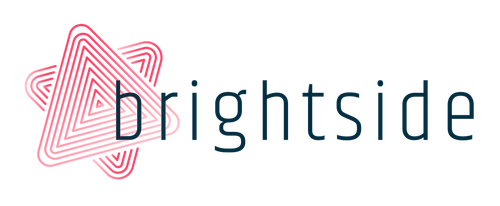Five steps to mastering LinkedIn to achieve your career or leadership goals
Five months in to our new venture my partner and I looked back to where our business had come and one thing stood out: almost a quarter of our revenues can be attributed directly to LinkedIn.
We're not the only ones seeing success and getting value from the platform. In its quarterly earnings announcement Microsoft reported that LinkedIn's usage had climbed 26% since January, while use of its learning resources had tripled.
It shouldn't come as too much of a surprise that digital platforms are so prevalent, but many of our new business wins came before Covid-19 really took hold in the UK.
It's true that LinkedIn is a great sales engagement tool in the business sector and I've often thought of it as a personal CRM tool (brilliant because unlike most CRM systems, the data cleans itself).
But LinkedIn can also be used by business leaders as a leadership communications tool for employees, customers, investors and other stakeholders. As part of a social media strategy it enables them to become connected leaders, which makes them more trusted and well-regarded by their key audiences (see my previous article on this).
And let's not forget its original purpose as a career management tool. There's certainly value right now in building your personal brand, whatever industry you're in.
The problem - and opportunity - of LinkedIn
The problem is that most people aren't making the most of LinkedIn. Reportedly, only 1% of people write posts weekly and 0.2% write articles. My own findings when discussing people's Social Selling Index is that even with relatively little activity you can get into the top 10% in your network.
So the good news is that if most other people aren't really using LinkedIn actively, it's an open goal for you!
Five steps to LinkedIn success
If you're going to make LinkedIn work for you, there are five simple steps to follow:
Define the purpose of LinkedIn for you. Spend a bit of time setting some goals. Not number-based KPI stuff, but goals around what you want it to do for you. It might be about leadership, being better known in your field or selling software solutions. Your goal will determine your approach and behaviour on the platform.
Establish your presence. Review your profile and make sure it's set up properly. Get someone's opinion on it. Does it really sound like you? There's a crib sheet below to help you get started. Also review your connections. Is everyone who's important to you connected? Decline all those random invitations from people who are trying to sell you stuff.
Talk about what matters to your audiences. This is a big one that requires a bit of thought and perhaps collaboration with others. Most people are frightened to post anything because they're worried they'll look stupid or be "found out". Others just post random stuff that occurs to them. Think, what do my audiences care about? And how can I help them in a way that is natural to me? You don't have to write long articles like this - posts, videos and documents are also great - but you do need to think about your topic area.
Engage with your audiences. I know this won't be a surprise to many readers, but I have noticed that certain types of people like to spend more time broadcasting their ideas than listening and responding to what other people have to say. It's an ego thing. But it's also a massive mistake. It's arguably more important to comment on what other people have to say than share your own thoughts. And no, a Like isn't enough. I'm going to come back to this one another time, because it's worth an article in its own right.
Personalise your content. This is going to be a really big trend. Because there's so much content out there now, if you want to drive really high quality engagement, you really need to think about personalisation. Carry on doing the public stuff, but also spend a bit of time creating bespoke content, such as videos or audio pieces, for individuals. You'll be blown away by the response you get, I promise.
LinkedIn profile cheatsheet
LinkedIn profile cheatsheet
Once you're up and running with all this stuff, keep an eye on how things are performing. What kinds of content get the most engagement (Likes, Comments, Shares)? Are the right people connecting with you and getting value from what you're doing? Are your colleagues and champions (the people who always have my back) getting involved? If you're a metric person you might want to benchmark your Social Selling Index.
Don't expect immediate results, because like anything good it takes a bit of sustained effort. But if you've been around for a while, you'll re-ignite some old connections. And if you're early in your career, just think of the years of benefit you're going to get by starting early.
You don't have to spend hours a day on it, but it is important to turn up regularly, even for 10 minutes each day. It's a bit like creating any new habit - it's just a question of putting it into your routine. Think of it like a daily HiiT class (without the actual sweat) and a weekly 5K parkrun.
Lastly, just get out there and give it a go. Experiment with different content formats. Make new connections; get re-acquainted with old ones. See where it might lead next...
If you'd like to learn more about how LinkedIn, or other digital platforms, can help your business DM me or email phil@brightside.digital
Daily social media programme for Linkedin


